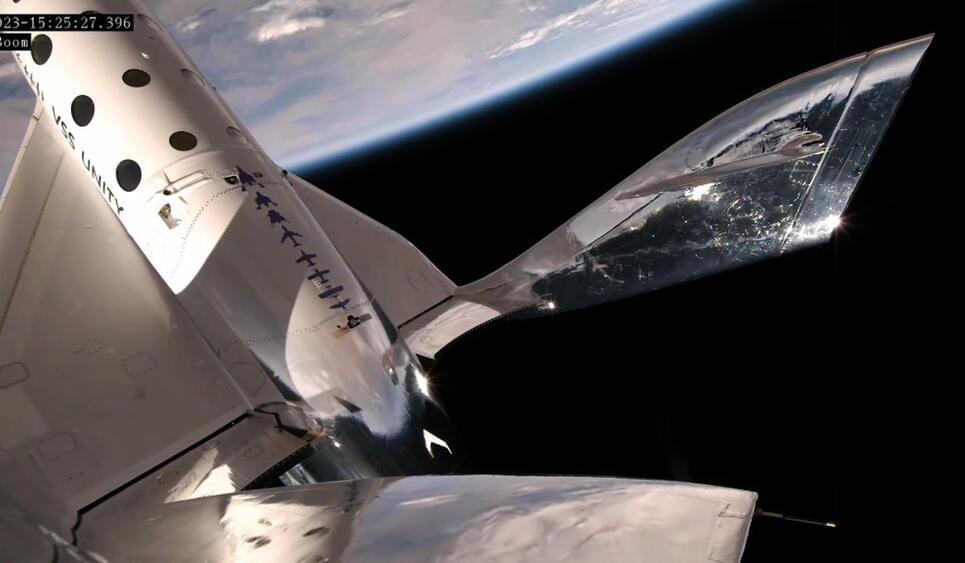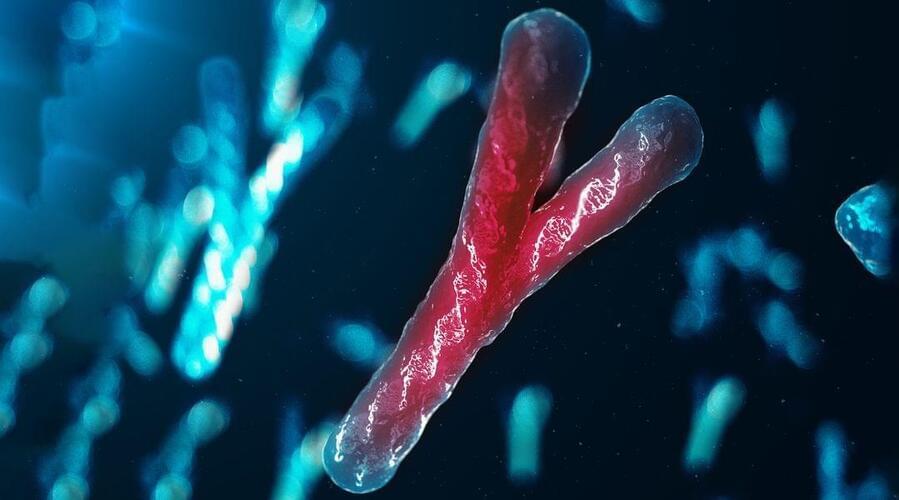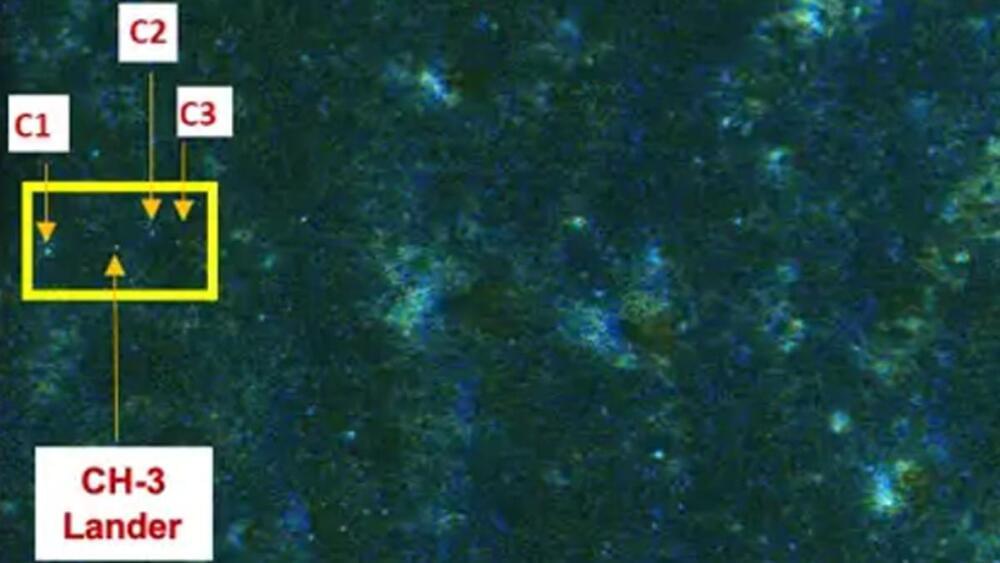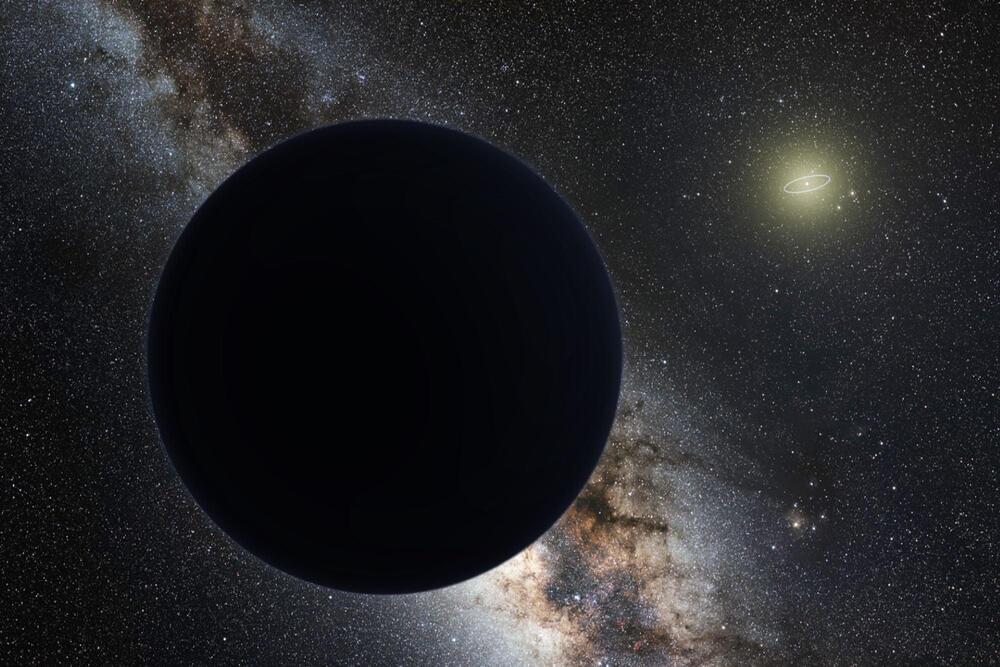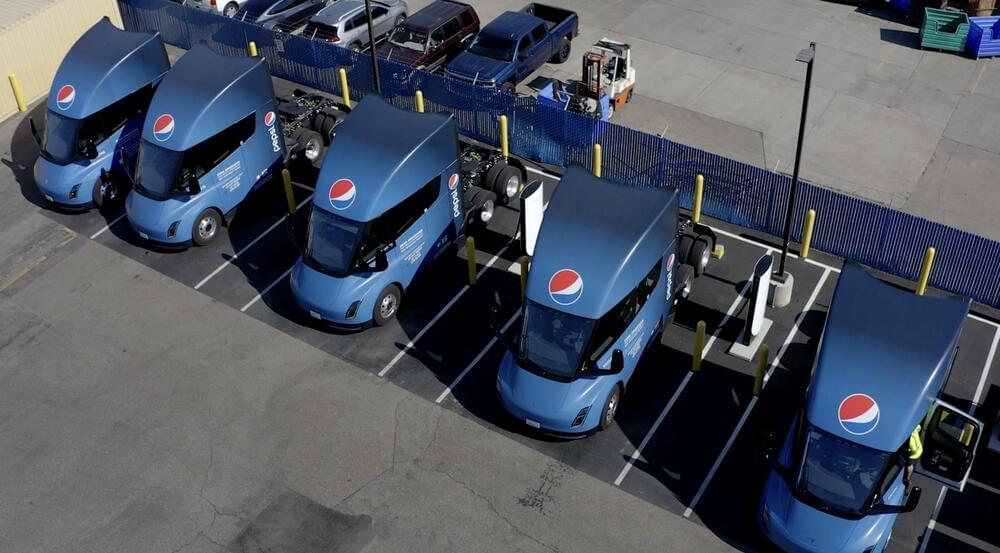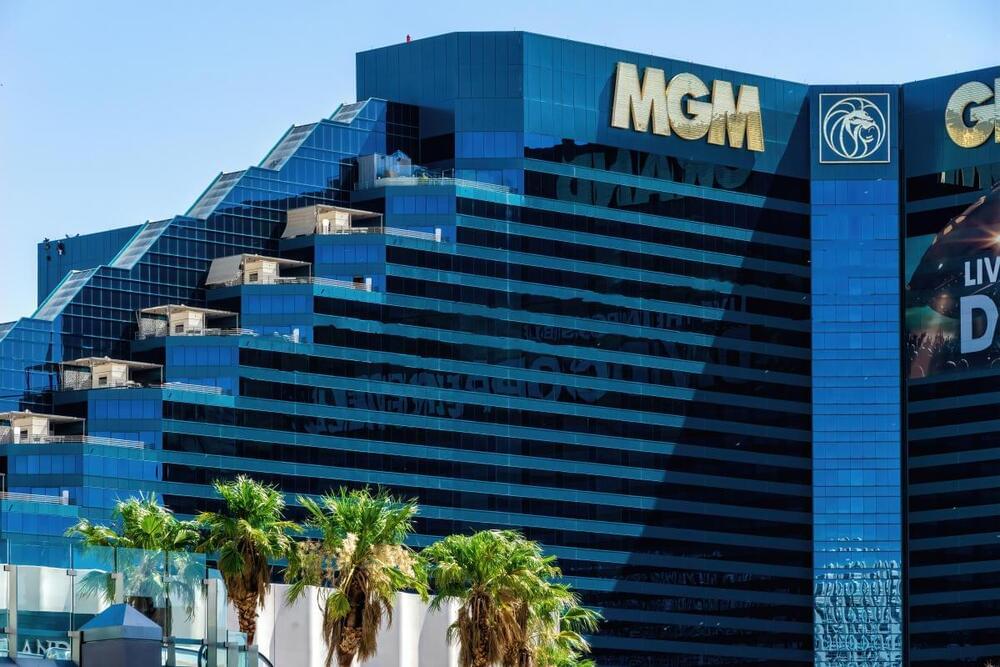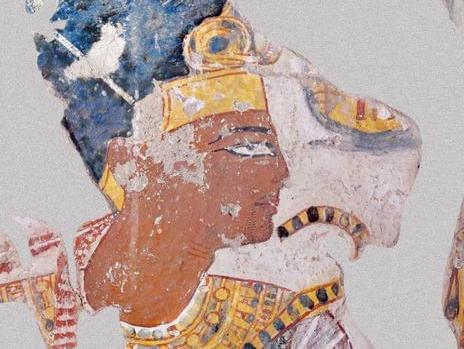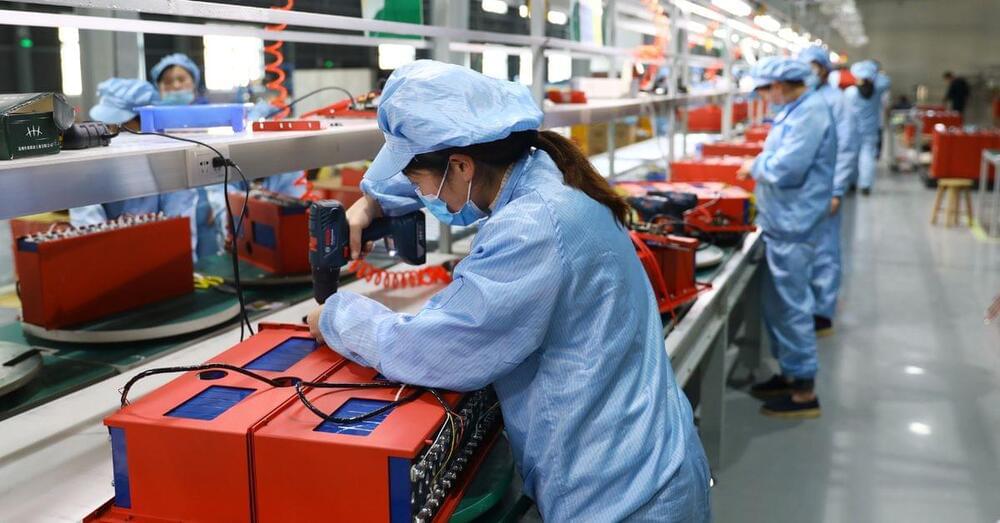
We could soon see more lithium-ion batteries made with recycled materials thanks to a new partnership. BASF, a battery materials producer, has announced that it’s teaming up with Nanotech Energy, a maker of graphene-based energy products, to produce lithium-ion batteries with recycled materials for customers in North America.
While BASF will create the cathode active materials using recycled metals from a Battle Creek, Michigan facility, Nanotech will use those materials to create the lithium-ion battery cells. Making the batteries with recycled metals could decrease their CO2 footprint by around 25 percent, according to BASF.
Additionally, BASF and Nanotech Energy will also work with the American Battery Technology Company (ABTC) and the Canada-based TODA Advanced Materials Inc. ABTC will recycle the materials gathered by Nanotech, such as nickel, cobalt, manganese, and lithium. TODA will then use the materials to create battery precursors, which BASF will then convert into cathode active materials.
